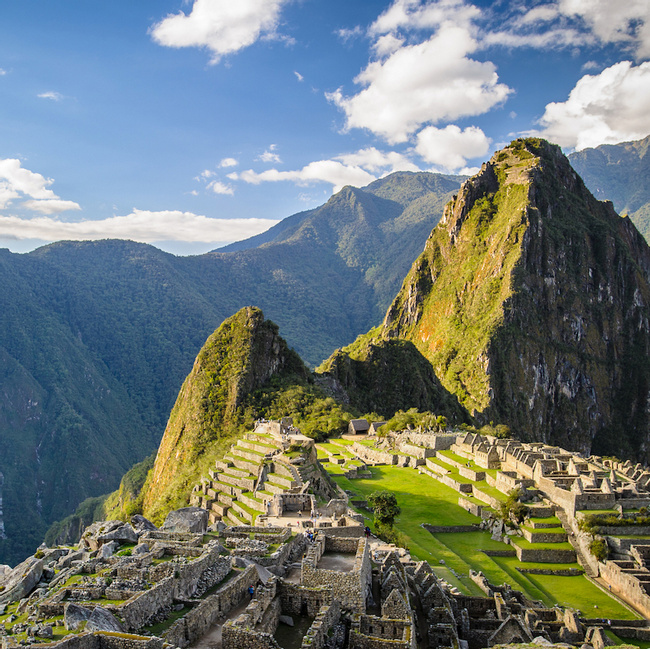- Travel Guides
Peru's Government and Economy
Peru is a constitutional republic. There are three independent branches of the government—the executive, judiciary, and legislative branches—and each is autonomous. Peru’s officials are democratically elected and the government is stable. However, this did not happen easily; learn why throwing off the shackles of colonialism was not enough for Peru to instantly gain (much less maintain) governmental and economic success.

Though the current structure of Peru's government may seem familiar to anyone accustomed to living in a democracy where officials are elected by a majority of the populace, true freedom has been a long hard road for the people of Peru. Even in the nation's early history, it seems as though the country has always been subject to some kind of rulership.
The melting pot which led to the Peruvian culture that we now enjoy is the byproduct of lengthy political struggles, which did not truly evaporate until the 1990s. The fall of Spanish colonialism merely gave way to military authority, and early failed attempts at building a strong and independent Peru. Eventually, the country found its footing and today, Peru is a constitutional republic.
The executive branch is made up of the president and two vice presidents. The president appoints a council of ministers that is presided over by the prime minister. Peru’s highest courts include the supreme court and constitutional tribunal. Each region in Peru also has a superior court that operates as a court of appeals for lower courts.
The judiciary branch has traditionally been the weakest part of Peru’s government, as it has been riddled with corruption. Judges have been bribed to make rulings and sway decisions towards certain parties. The Peruvian courts also have a large backlog of cases.
Voting is required for all citizens ages 18 to 70. People that don’t vote can be fined. In the past, military members could not vote, although they can now.
Peru has a fast growing economy—in 2013, the economy grew at a rate of 5.1 percent and the GDP was $210 billion. The Peruvian economy has maintained an average GDP growth rate around 5.6 percent over the past five years and has traditionally had low inflation (in 2013 it was 2.9 percent). Peru had one of the world’s fastest-growing economies between 1994 and 1997, which was largely due to investment reforms made under the Fujimori government from 1990–2000.
The Peruvian economy is bolstered by strong natural resources, including mining in the mountains and along the coast. In fact, Peru is the second largest producer of silver and third largest producer of copper in the world. The last few years have seen high international prices for these minerals and metals, which make up about 60 percent of Peru’s total exports. Other important players in the Peruvian economy include agriculture, manufacturing, banking, and retail services. Foreign investments into oil, gas, and tourism are also significant. The current stability of Peru's government and economy means that the nation's currency is stable as well.
We believe travel is more than ticking destinations off a list – it’s about discovering new places deeply, feeling connected wherever you go, and knowing you have a trusted team behind you every step of the way.



